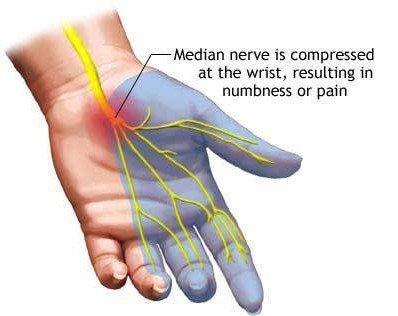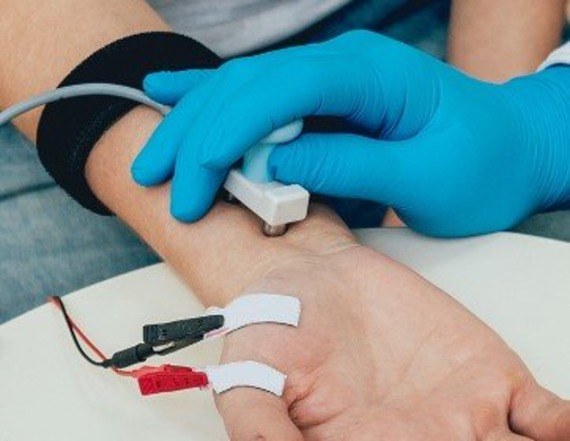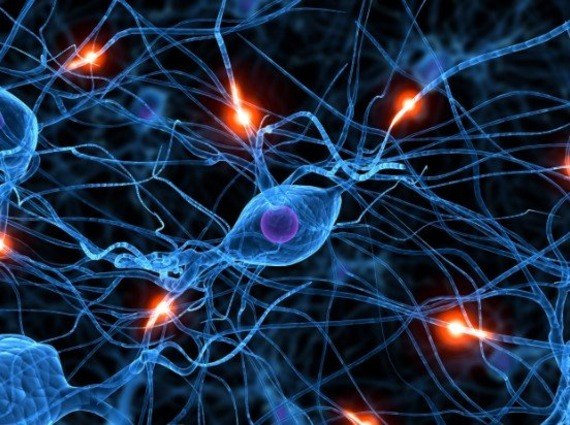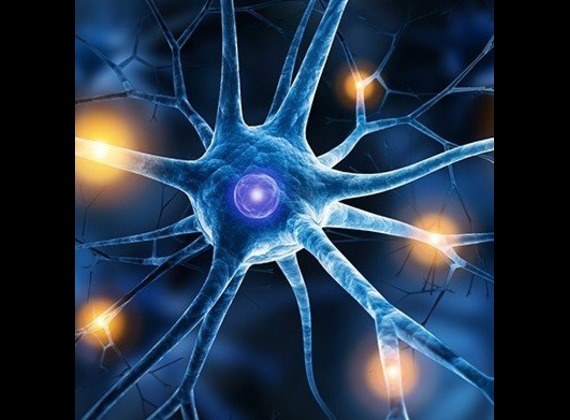Patient Testimonial
A heartfelt thank-you to Jenny for sharing her experience with the Guo technique.
“Hello everyone. I would like to share my recent experience with a non-surgical carple tunnel release procedure I had this weekend. Let me say that four years ago, I had the traditional surgery on my right hand. I was in a bandage for a few days with sutures and 4-6 weeks of restrictions. I have a scar from the incision. While, the surgery and recovery were uneventful, the recovery was long and drawn out. This past Saturday, I had a non-invasive procedure done in the office with Dr.Ian Thomas to fix the carpel tunnel on my left hand. This was done with local anesthetic and no incisions. My recovery was the rest of that day due to numbness with returning to normal activity as tolerated the next day. I have only used ibuprofin ìand ice to help with the pain and healing process. My hand has been sore and there is bruising but I am doing everything I would do during my normal work day. I could not be happier with the results. Dr. Ian Thomas is amazing and one of the few doctors in the world doing this ultrasound guided procedure. If I can save anyone the time for recovery, the hospital bills and the scarring, I will be happy." - Jenny Davis Putman






